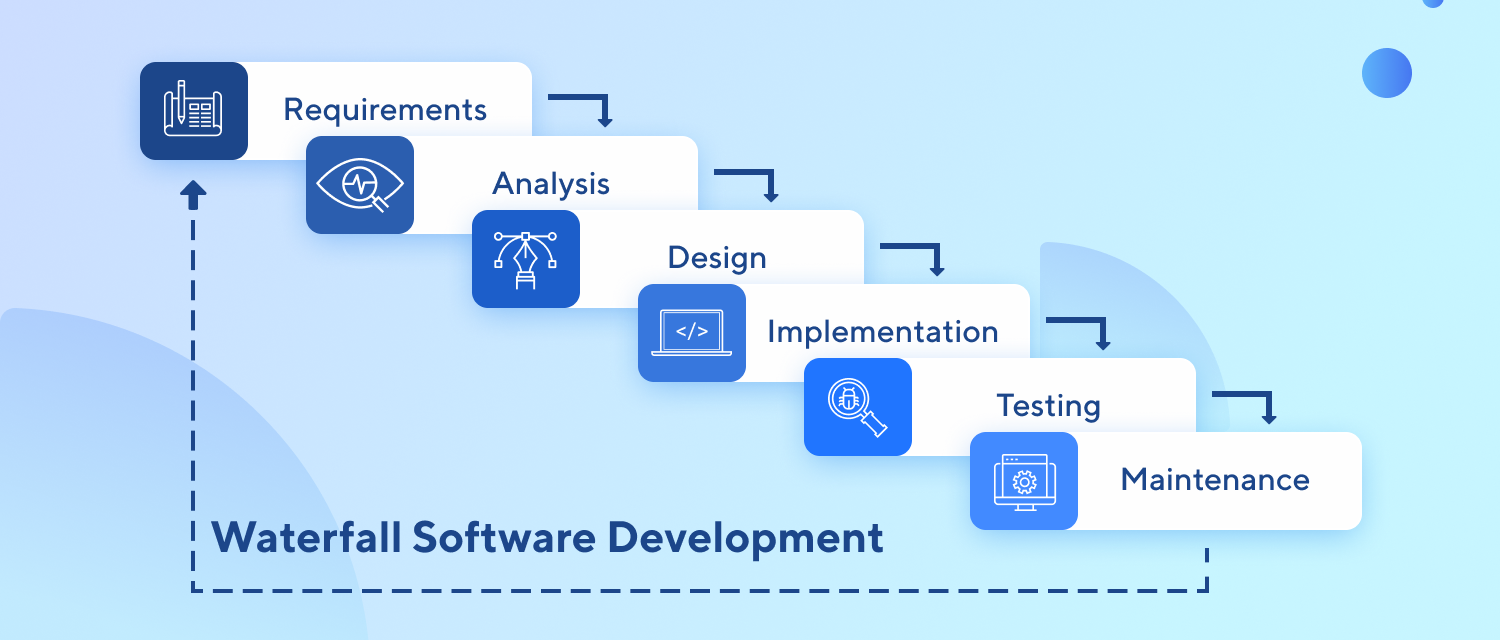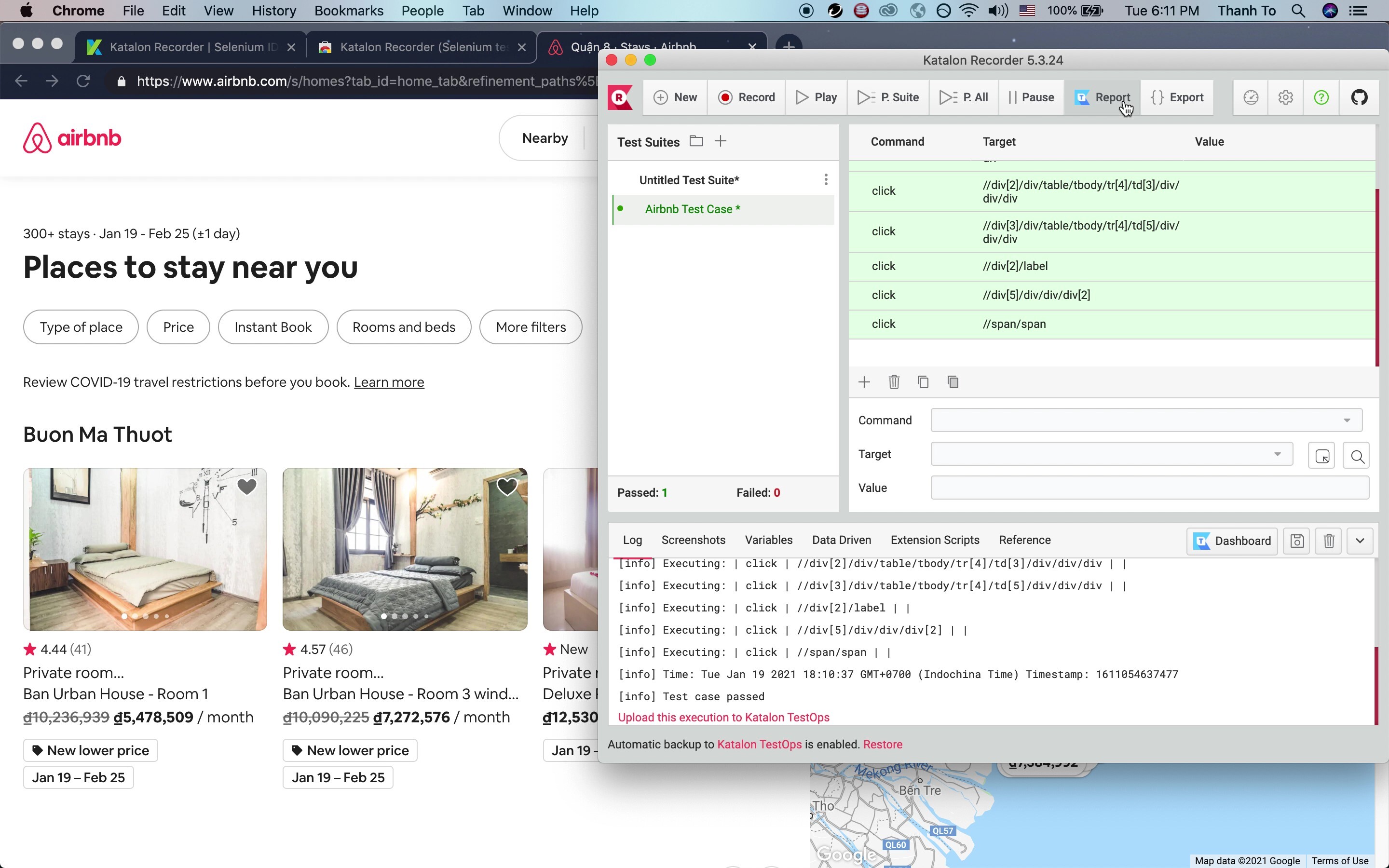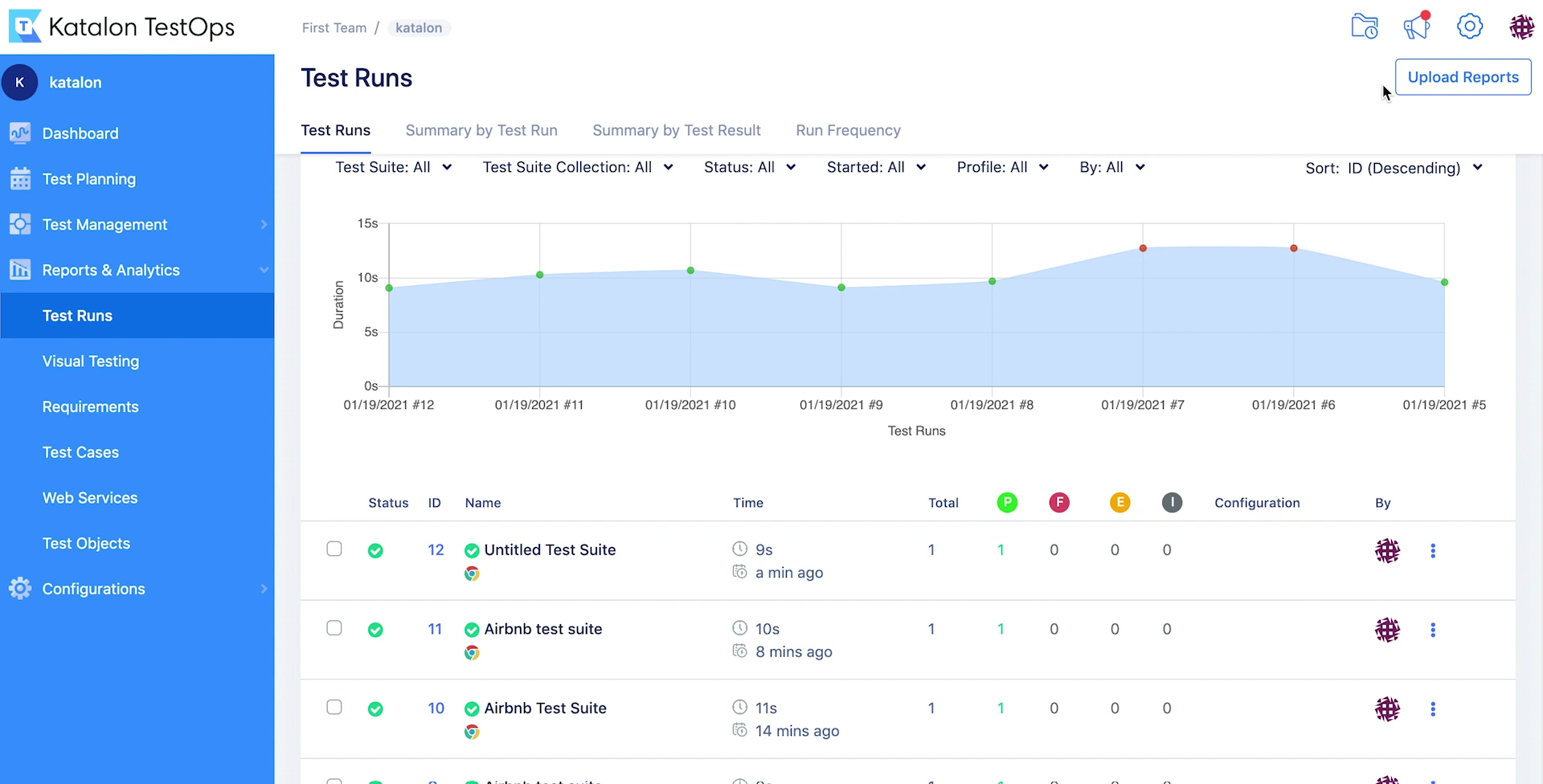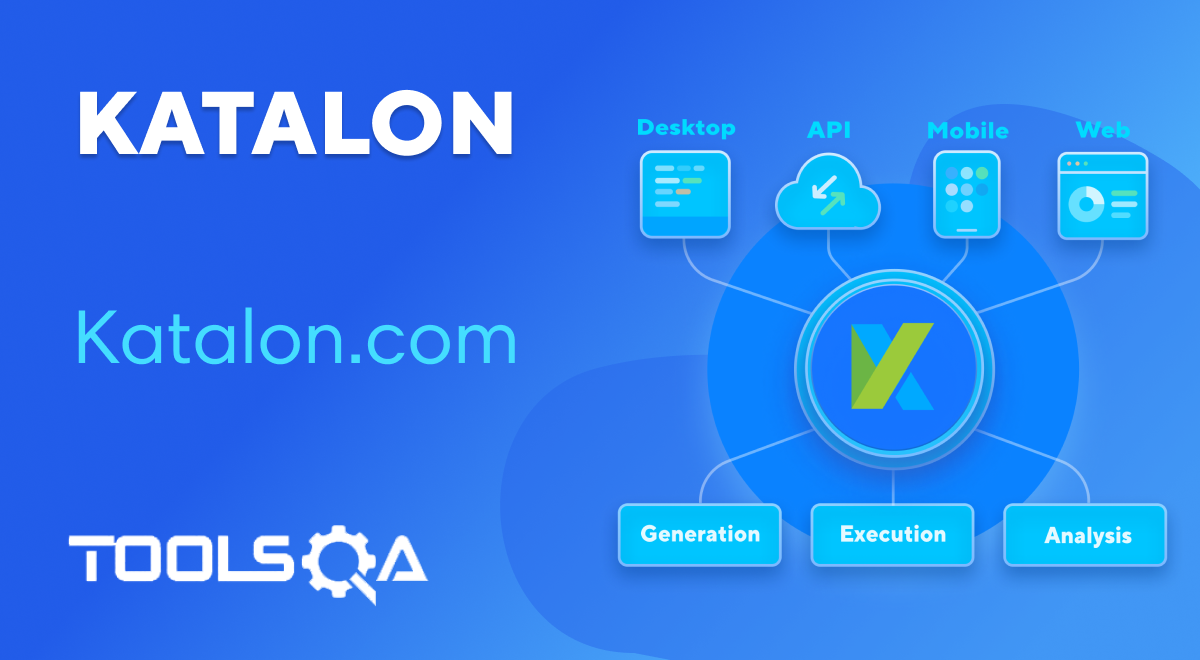
In the software testing world, the “Quality at speed” movement has become a trending term and an evolution. Organizations are always searching for premium quality in a short period; however, this approach puts testers under high pressure. In the traditional waterfall software development project, the testers are rushed off their feet by the deadline, release time, and bugs created in the development process. Thus, the replacement of the conventional testing methods is shift left testing, in which testing is no longer the last step of the software development life cycle. This article provides some basic knowledge about shift-left testing and why developers must be more responsible for their codes.
- Shift-Left Testing
- Why Shift-Left Testing
- The Problem of Shift Left Movement
- A Lightweight Browser Extension can Solve the Problems.

Shift-Left Testing
When thinking of shift-left testing, the analogy of “Don’t kick the can down the roads” comes into your mind: We shouldn’t avoid severe issues and leave the troubles to the later stages. Shift left thinking is about moving test activities as early as possible throughout the software development life cycle. Unlike the traditional waterfall model that the testing activities only occur after all other development activities complete. Shift left addresses testing activities earlier, which means earlier costly integration defects. Therefore, the architectural adjustment is getting easier to make.
Shift left testing includes writing tests in advance to express proper behavior, addressing early defect prevention, detection, and removal, and assuring that the right test types run at the right time and right test level. Testers play a role in guiding the use of testing practices throughout the whole process.
Why Shift-Left Testing
Applying shift left testing provides you numerous benefits. These are some of the most beneficial ones:
-
Give greater ability to test automation: In the shift-left testing, everybody in the team needs to be responsible for testing. When QA testers are probably wondering, “We can’t write or automate the code-focused tests.” Don’t worry; let the developers do the work. Test automation is a perfect fit when the developers can write automated code-focused tests - primarily unit tests and tests in integration or system levels - and then leverage tests/criteria from testers in the CI process. Testers can add their automated tests into their test suites and apply context-driven manual tests later on. This process brings better test coverage and saves a huge amount of time.
-
Earlier and faster: Shift left testing encourages “Early fail” to help the software development team detect the failure at the earliest stage. The test-driven development (TDD) approach is the best practice of shift-left testing, where you write and correct the failed tests before writing new code (before development). The earlier we detect, the faster we fix it. That’s why development time can be cut down significantly.
-
Early and frequent feedback: Shift left testing helps the team receive frequent feedback to focus on the highest business value or associated risk features. With that advantage, we deliver those features to the customer with higher priority.
-
Make our partners smile: We often fall into the situation when we spend a lot of time developing plans without entirely understanding the business requirement. With shift-left design thinking, the whole team is involved in any stage, builds the same vision, and improves customer satisfaction. In agile development, the developers, testers, and business representatives collaborate to write user stories, which provide developers and testers with an extended vision of the feature that business representatives will validate
The Problem of Shift Left Movement
Testers Can’t Do It Alone

Shift left movement is all about the term “get involved early”, which means the whole scrum team, including testers, developers, and business representatives, have to be side by side. It will be more effective if developers know how to write test cases. Also, testers need to support the software development team anytime. There are some reasons why we need this collaboration:
- Sharing some knowledge about testing, checklist, review code, etc., to developers to go beyond the happy path.
- The tester-developer pairing makes the development process more flexible when changing code.
- Pairing with developers helps you build a closer working relationship.
- It’s so much fun.
Developer Testing
According to the State of Frontend 2020 Report, more than 70% of front-end developers state that they are responsible for testing independently or with QA specialists. We can see a new trend where developers become more accountable for testing their code. The QA tester is no longer the gatekeeper that catches the bugs after all development activities complete. Therefore, all developers in the team must have sufficient knowledge in testing to test their codes. It’s about the time of bug prevention rather than detection; developers themselves need to acknowledge quality risks even before starting coding.
For your reference, Atlassian successfully adopted a quality assistance approach in their development process to embrace more developer involvement. There are some techniques that Atlassian applied for early testing:
- QA kick-off: This approach encourages pairing with developers to think about all the risk, edge cases in advance. It involves brainstorming, testing notes, and sorting out any ambiguities from the start. Because of careful preparation, the implementation can generate problems that we can prevent early on. However, developers still depend on QA engineers with their coaching before handling the issues independently.
- DoT: Developer on Test is a good practice that helps developers improve their testing skills. DoT focuses on the opinion that quality is everybody's responsibility. With this approach, testers are no longer the bottleneck of the development process. However, long-term DoTing is a sign that the team isn't confident with developers testing. That is so much inefficiency and waste of time when somebody needs to double-check the testing task that original developers should have done before.
Click here for more information about Atlassian quality assistance.
Developers are Still Manual Testing Their Codes.
According to the State of Frontend 2020 report, 40% of developers are still manual testing their codes when performing UI tests. It’s also fascinating when the Front-End Tooling Survey 2019 showed that 36% of developers don’t use any tools to test their application. The results showed that developers are still manual testing their codes and might not understand the full potential of automated testing tools. Unlike testers, developers are not trained in this specific field when manual testing against what makes developers great at their job. There are some severe problems that developers have when manually testing their codes:
In testing, developers are unfamiliar with testing manually repeatedly, which causes a decrease in the cognitive capacity available for software development activity.
When developers come to testing, it also creates a cognitive bias when developers build the system when testers tend to break it to find the bugs. There are a few constant conflicts between them that result in emotional biases that affect judgments when developers come into testing. Besides, confirmation bias makes it difficult for developers to be aware of the errors committed by themselves.
A Lightweight Browser Extension can Solve the Problems
There are massive challenges in configuration, management, and integration among various departments and teams in the shift-left testing process. Software development teams are searching for a completed automated testing solution toward minimal time and maximal quality. Katalon Recorder and Katalon TestOps integration might be the ultimate solution that exceeds among few tools available in the market.
With Katalon Recorder, a lightweight browser extension can solve developers’ complex demands who are struggling to test their codes manually. Katalon Recorder reduces developers’ workload, speeds up the testing process, and improves testing quality. The most notable thing about this tool is the lack of friction that it provides. That attribute amazingly fits with developers who only care about creating cheap and fast tests to replace the manual testing that was conducted beforehand.
Katalon Recorder is also the perfect alternative lightweight browser extension to Selenium IDE by:
- Data-driven test generation
- Adding your method of locating elements into KR through extension script.
- Exporting Selenium WebDriver scripts in various formats and frameworks (Python, C#, Java, JavaScript, Ruby, Groovy, XML, Protractor, etc.)
- Integrating with Katalon Studio and Katalon TestOps for advanced test execution, reporting, and test orchestration needs.
- Supporting the legacy Selenium IDE's commands and extension scripts (AKA user-extensions.js) for developing custom locator builders and actions.
After installing the free extension either through the Chrome or Firefox web store or on the Katalon website, you need to click on the Record button to start generating tests. Click on the Play button to execute tests. With Katalon Recorder, repetitive tasks are quickly performed and checked.
In addition, developers can capture the test cases and export them to a Selenium-based testing framework or Katalon Studio for automation regression test suite with better reusability (Click here for details)

With Katalon TestOps - ***AI-backed analytics ***and test orchestration platform - you can share your advanced analytics and data visualization among the teams. To use this tool, click on the Report button and then login into the Katalon Portal. These capabilities are available through the integration with Katalon TestOps.

Conclusion
We already know that shift-left testing is the most appropriate solution for highly productive software development. Furthermore, developers' and testers’ collaboration is also the critical point for this advancement. It’s not always easy to make the breakthrough; this process is full of stress, mental overload, and constant conflicts. Amazingly there are a few tools out there that can help you to solve this overwhelming problem. Katalon Recorder is an excellent tool that perfectly fits with what developers want in testing. It also allows them to focus on what they excel at with a seamless automated solution.






